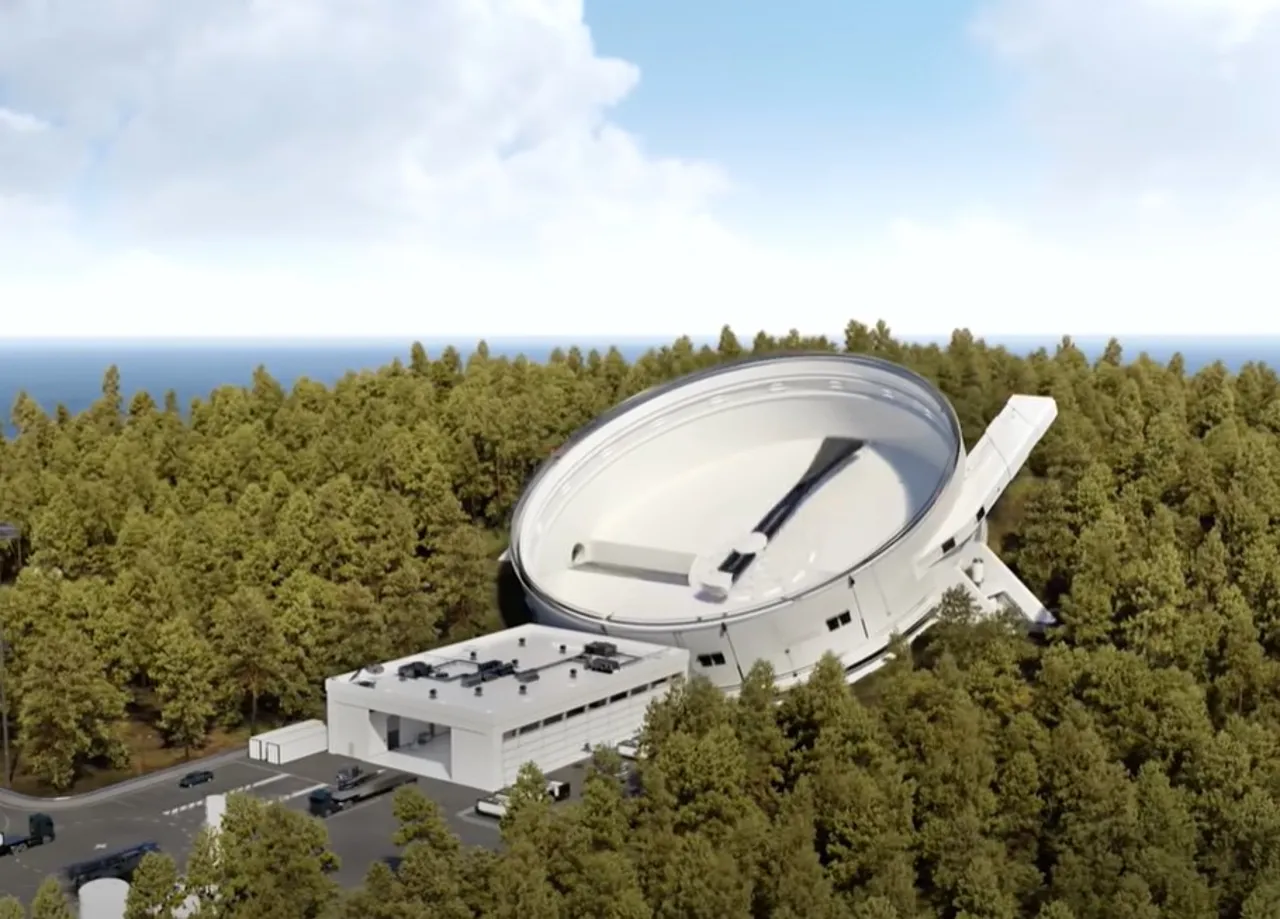- cross-posted to:
- [email protected]
- [email protected]
- [email protected]
- cross-posted to:
- [email protected]
- [email protected]
- [email protected]
Using centripetal force puts it in trebuchet territory does it not?
SpinLaunch’s approach seems closer to a sling than to a catapult or trebuchet.
Sling, that’s it!
If you really believe that this will work anytime in the next decade, and that it doesn’t need a rocket to circularize the projectile’s orbit, I have a bridge to sell you.
From 2022: “SpinLaunch plans to loft small satellites into low Earth orbit by 2026.”
They’re working on Elon Musk timelines. Two Starships on Mars by early 2024! Spinlaunch to Orbit in 2 years!
To make it work, just add one year every year.
their “successful proof of concept” video was hilariously very visibly tumbling out of control
Ignoring air resistance (which you really shouldn’t, especially not when you’re talking in the thousands of meters per second), you need to launch something at around 1400m/s get it to 100km high “suborbital”. You need to launch it over 8000m/s to get it into orbit. In 2022, Spinlaunch were getting to ~450m/s, but that was two years ago and maybe they’ve improved.
Now, 1400m/s is in the neighborhood of a tank cannon, which is doable. But 8000m/s on the surface, or about 29.000 kph, is about mach 23. That’s like running smack into a brick wall of air, every millisecond. And in reality, you need MUCH more speed, because you’re shooting at a much shallower angle, so there’s a lot more air to get through.
I think they’re too early. Kinetic launchers will be great for yeeting raw materials from moons and asteroids, but launching delicate satellites through Earth’s thick atmosphere seems fraught with challenges.
Yeah, it would work great on the moon. Not so much down here.
The animation shows they use a normal(?) engine once the rocket is launched. Looks like this can always work, it is like throwing a rocket into the air and then starting the engine. I wonder if that is any better than normal launch or from underneath an airplane.
They have been trying to find somewhere to build their next scale up for a few years now.
So the article says they’ve done ten successful launches.
What does that actually mean? It’s real short on details.
They’ve successfully put ten payloads in orbit? Or what?
They’ve not put any payload into orbit yet. They’ve been conducting suborbital flights with a 1/3-scale launcher.
Either way, it’s good that the article spends some space on the possible uses of satellites. Otherwise people could get the impression it’s all for fun, or something like that.
The ultimate (meaning final) fairground attraction.
“You think the teacup ride is underwhelming? Well, have we got the ride for you! Brace yourself for a 10,000 G ride of a lifetime!”



